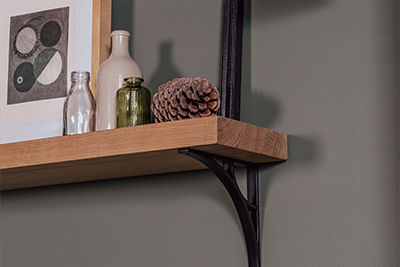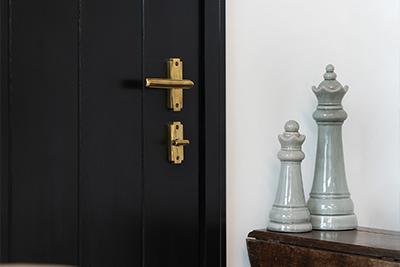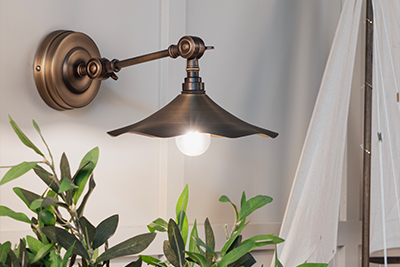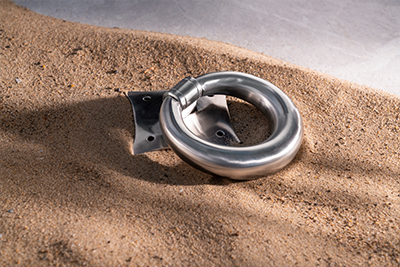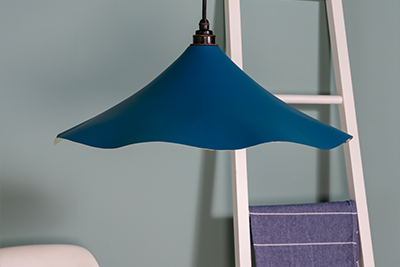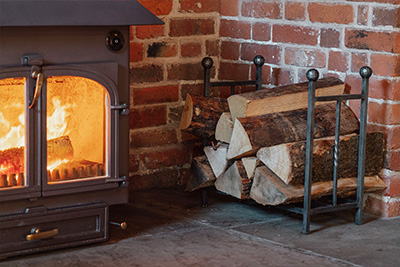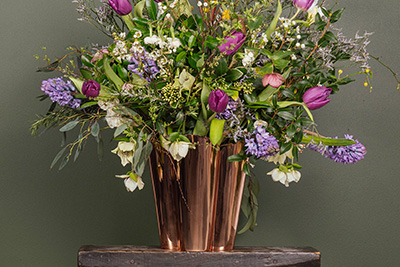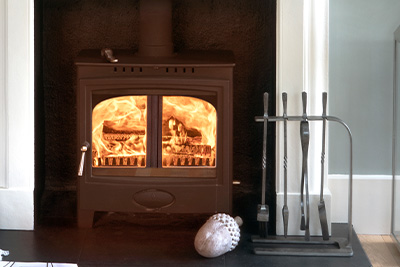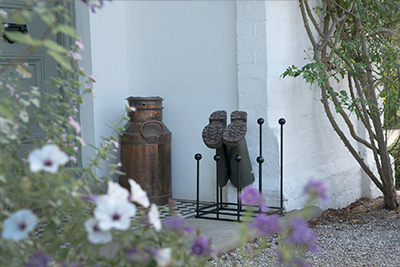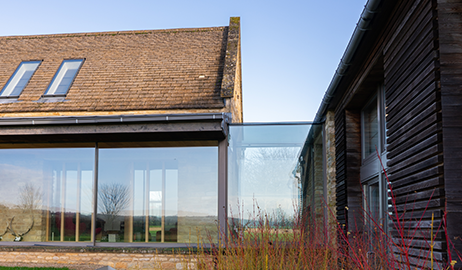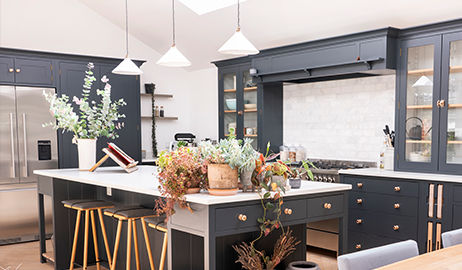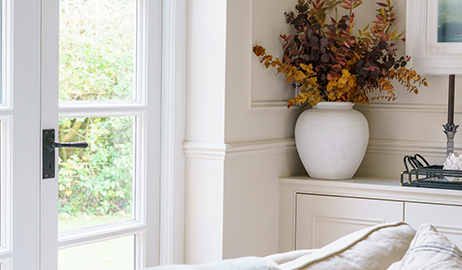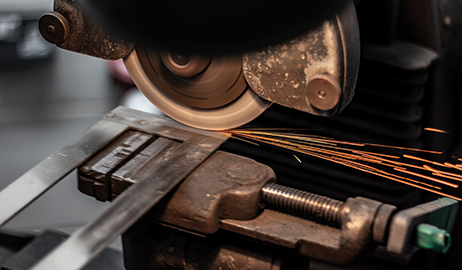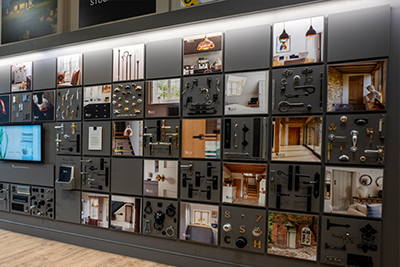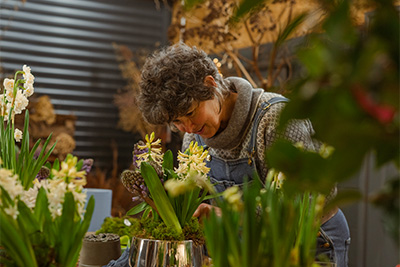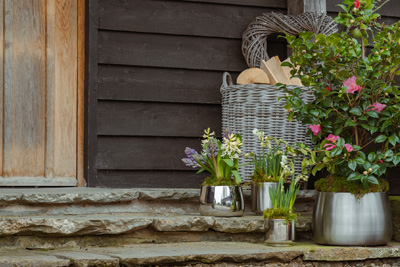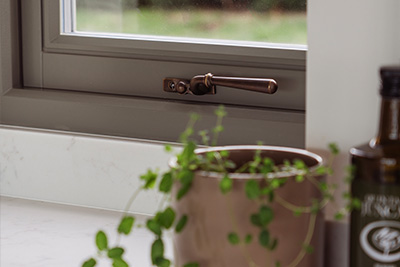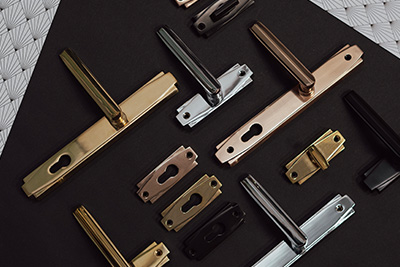Traditional Georgian-Inspired Ironmongery
A Brief History of the Georgian Era
The Georgian era was a period in British history spanning from 1714 to 1820. Named after the Hanoverian Kings George the first, second, third and fourth. The lives of British citizens, especially in the north and midlands, were transformed by the rapid progress after 1770 of the Industrial Revolution. England respectively turned into the workshop with new technologies like steam power enhancing transport networks and the mass production of ironmongery to assist the overarching industrial advancements. It sustained an outgrowth of new dwellings in highly variable styles but similarly characterised by symmetry and proportion, with influences from the classical architecture of southeastern Europe.
In the early Georgian era, hand-forged ironmongery, notably door furniture, would still be used in these lavish, magnificent yet structured homes. However, as the period progressed, ornamentation became a lot more prominent; products remained functional but had a level of elegance and styling. Reeding is one of many aesthetic characteristics typically found in the Georgian Period, significantly on lever handles, doorknobs and other tangible aspects of the home. The reeded effect often lathed, offers a better grip on the product - giving it a practical yet embellished look. Solid brass and treated hardwoods would be the traditional and authentic material choices for these products.
Why Hinton?
Why Hinton? Its origin lies in the National Trust's Hinton Ampner. A traditional Tudor Manor dating back to the 1540s. The house was renovated in the Neo-Georgian style by Trenwith Wills and Lord Gerald Wellesley for Ralph Dutton between 1936 and 1939 to his vision of what it would have been like had it been built on its current scale in 1790 – a Georgian country house. The Hinton Ampner of today is a showcase of Dutton's work in rebuilding after the devastating fire of 1960. Our team were greatly inspired by the architecture and period interior styling of the elegant country manor, in turn, constructing the From The Anvil- Hinton Range.
The Period Range
Our Period Collection of ironmongery is designed to reflect Britain’s great architectural heritage. Principle finishes include Brass, Nickel, Chrome and Bronze. Our Brass and Bronze products have a warmth and opulence that complement dark woods and stained timber. Our Nickel and Chrome finishes work well with both light and dark paint colours.
Above: our Hinton Stays, Fasteners and Espag. Handles in our signature Period finishes.
Base Materials: are they important?
To put it simply, yes. Take brass for example - The cost for the raw material outweighs the the likes of Zamak; A family of alloys with a base metal of zinc and alloying elements of aluminium, magnesium, and copper. When longevity and durability is in question, brass is undoubtedly far less prone to corrosion, even in an un-plated state. Brass provides a much more stable platform for the plating process, and so a plating such as Chrome or Nickel will adhere to Solid Brass substrate far more firmly than it does to Zamak. When a plating finish is applied to a Solid Brass product, that finish is approximately 300% more durable than when it is applied to its alloy counterpart. Solid Brass-based items can also be used externally.
Above: designing and finishing our classic Hinton Lever Handle.
The Design and Finishes
The Hinton sets itself firmly in our period range, a delicate mixture of form and function with firm Georgian influences in an aesthetic and proportionality sense, but can easily be placed in a contemporary rendition of a period townhouse. The tapered horizontal reeded feature is not only a time accurate stylistic choice, but spreads the points of contact across the palm providing the individual interacting with it a comfortable and secure grip. That being said, its transferrable design qualities are useful in other products and can bring a cohesive look to your interior. The Hinton design is available in Lever Handles, espagnolettes and more.
Above: our Hinton Window Stays in Polished Chrome, Aged Bronze, Aged Brass, Polished Nickel & Polished Bronze.
Styling
When considering the Hinton Range, you may want to think about the style of your home and what overall look you’re trying to achieve. For a traditional home, we recommend the use of Aged Brass or Bronze, these can be left to tarnish with age and bring a feeling of imperfection and character to your space. But for a more refined contemporary look, choose highly polished Nickel or Chrome. The Hinton collection can be styled seamlessly with other From The Anvil ironmongery bringing a sophisticated combination of window, cabinet and door furniture.
If you prefer the Aged Brass finish then these are some products you should consider for you ironmongery makeover:
Above: our Aged Brass Beehive Cabinet Knob, Hinton Espag. and Hinton Lever Lock.
Alternatively, if you’d like something a little more understated and would like your door or cabinetry to be the focal point, then an Aged Bronze may be better suited. We would suggest a combination of:
Above: our Aged Bronze Plain Drawer Pull, Hinton Espag. and Hinton Lever on Rose.
Discover the full Hinton range here!
Or learn more about our inspirations in our Brompton Collection blog.
Email: info@fromtheanvil.co.uk
Instagram: @fromtheanvil



